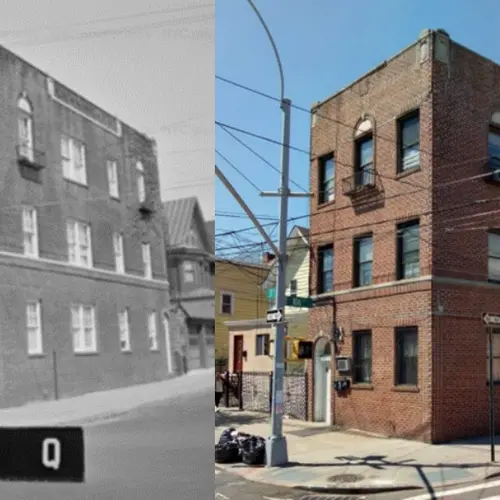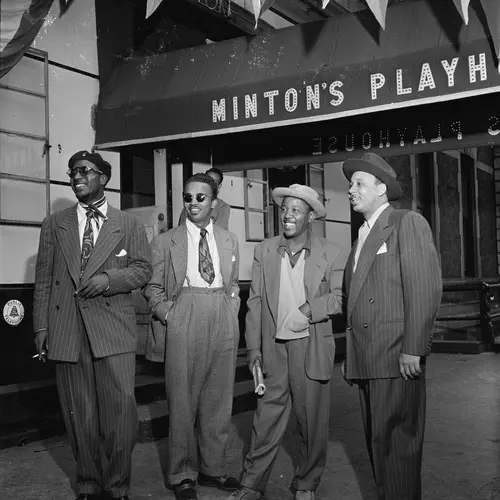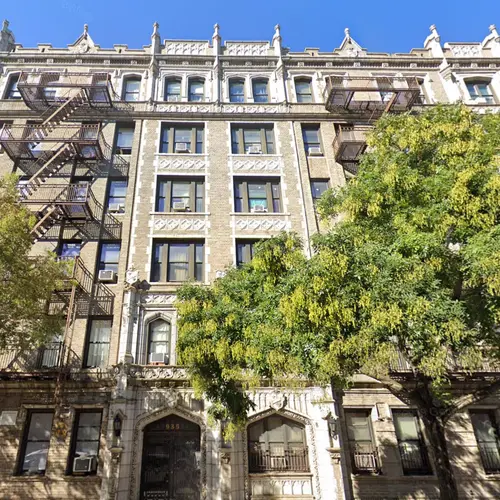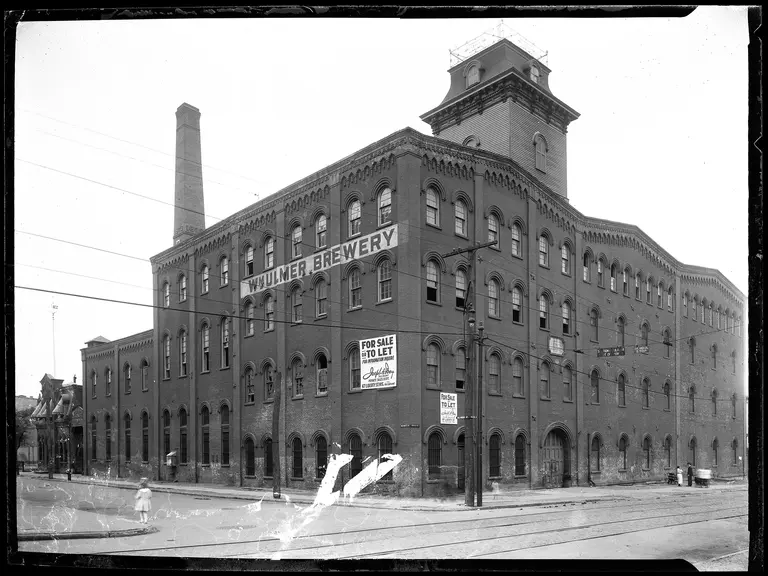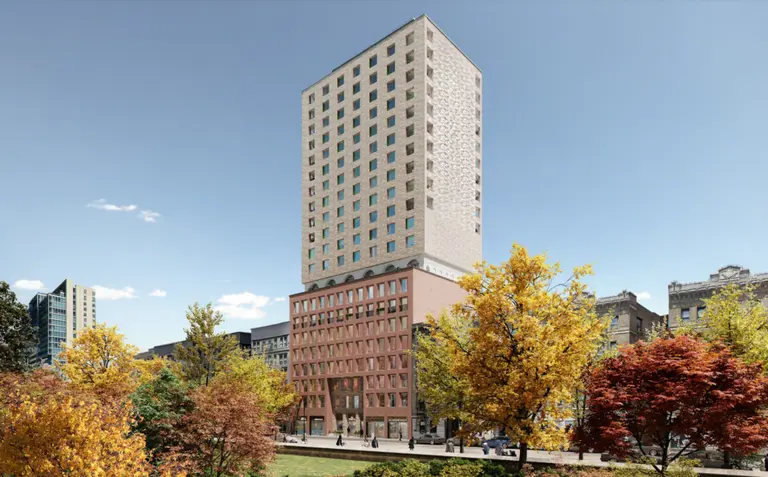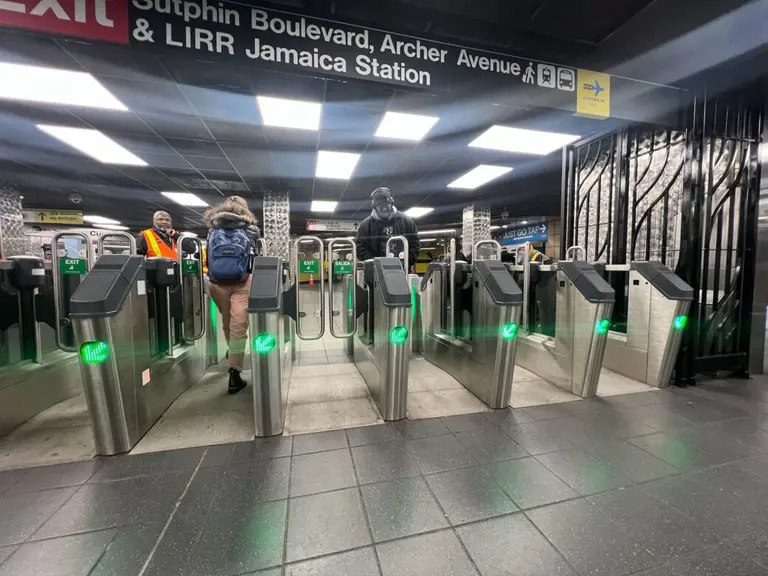Three NYC buildings with significant ties to the history of jazz may become city landmarks
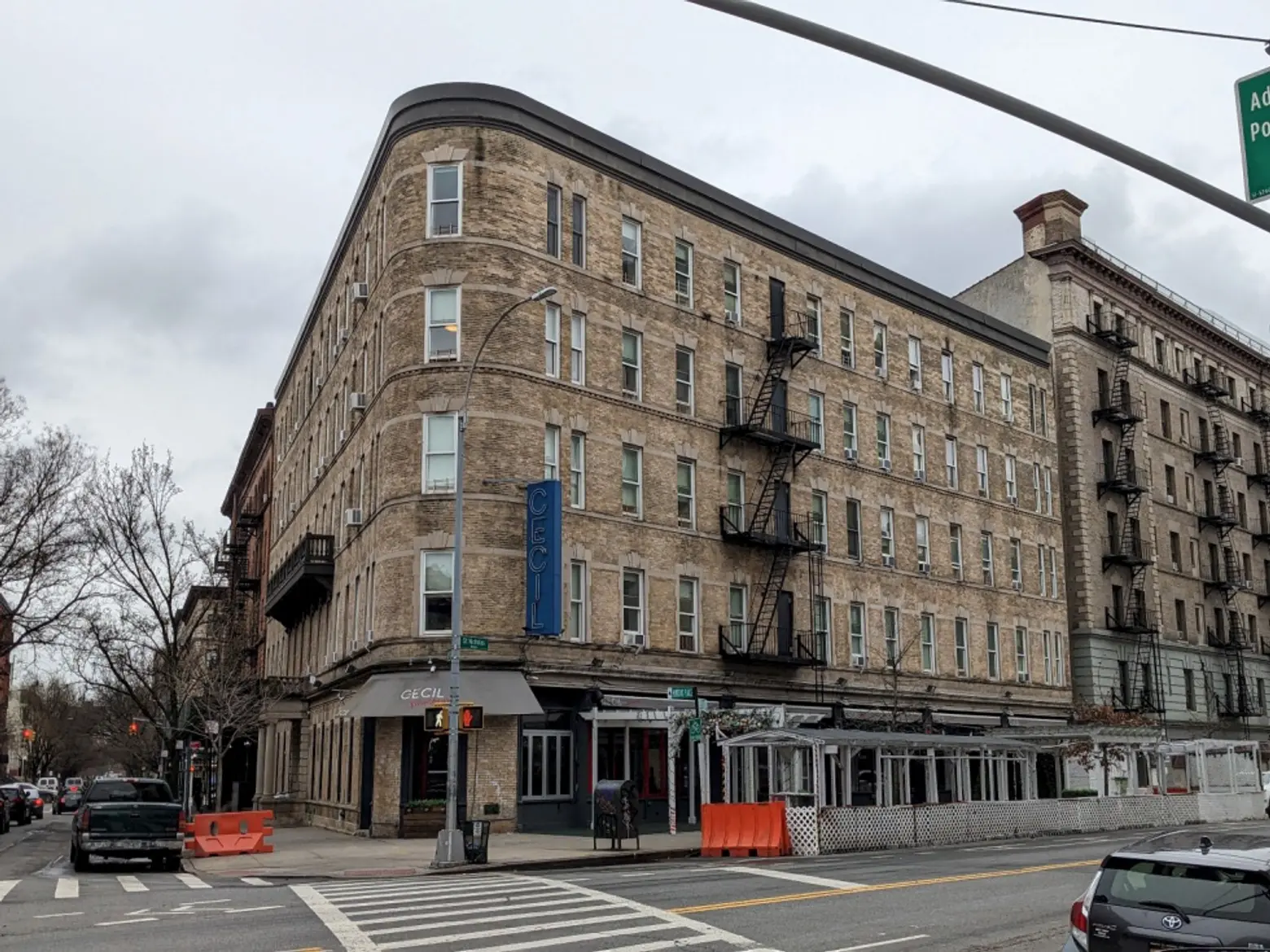
Image courtesy of the Landmarks Preservation Commission
Just in time for Jazz Appreciation Month, the city may landmark three properties connected to the history of jazz. The Landmarks Preservation Commission on Tuesday voted to calendar the legendary Minton’s Playhouse in Harlem, the one-time Queens home of Dizzy Gillespie, and an apartment building in Hamilton Heights where jazz pioneers Duke Ellington and Noble Lee Sissle once lived.
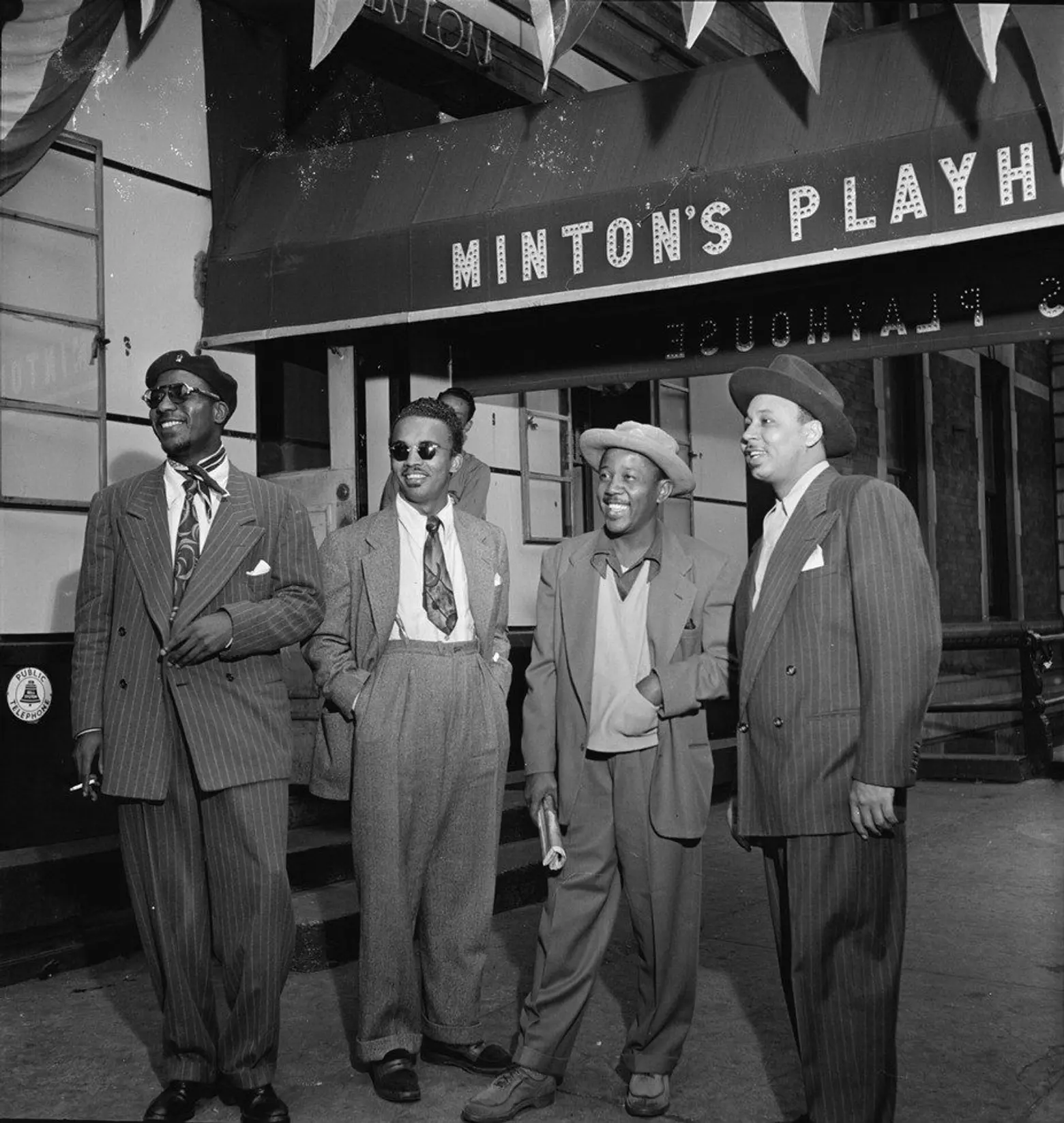 Thelonius Monk, Howard McGhee, Roy Eldridge, and Teddy Hill outside Minton’s Playhouse in 1947. Photo via WikiCommons
Thelonius Monk, Howard McGhee, Roy Eldridge, and Teddy Hill outside Minton’s Playhouse in 1947. Photo via WikiCommons
Located at 206 West 118th Street in Harlem, the nightclub Minton’s Playhouse, located within the Hotel Cecil, is where bebop, an improvisational style of jazz, came to prominence during the 1940s. Over the course of three decades, the club hosted famous house bands, star headliners, and informal jam sessions, according to the Landmarks Preservation Commission.
The five-story Renaissance Revival hotel was constructed from 1895 to 1896 and designed by architect Julius F. Munckwitz. From 1941 to 1961, the hotel was listed in consecutive editions of the Negro Motorist Green Book, a travel guide for African Americans. Miles Davis remembered the hotel fondly, calling it “first class” with reasonable rates and rooms that were “big and clean,” according to the commission.
Minton’s Playhouse continued to be a hotspot for jazz music throughout the 1950s and 60s and was the location where several important live albums were recorded by artists including Tony Scott, Stanley Turrentine, and Eddie “Lockjaw” Davis. The club stayed open until 1974 after a fire damaged the building.
“On Monday nights when most theaters were dark, informal jazz sessions frequently occurred, including such gifted musicians as guitarist Charlie Christian and Dizzy Gillespie, who described their performances as ‘seedbeds’ for their new modern style of music,” according to the LPC.
In the 1980s, the building was renovated and converted into a mixed-use development with supportive housing units and a ground-floor jazz club restaurant. The Hotel Cecil and Minton’s Playhouse building was listed on the National Register of Historic Places in 1985 for its significant role in the history of American music.
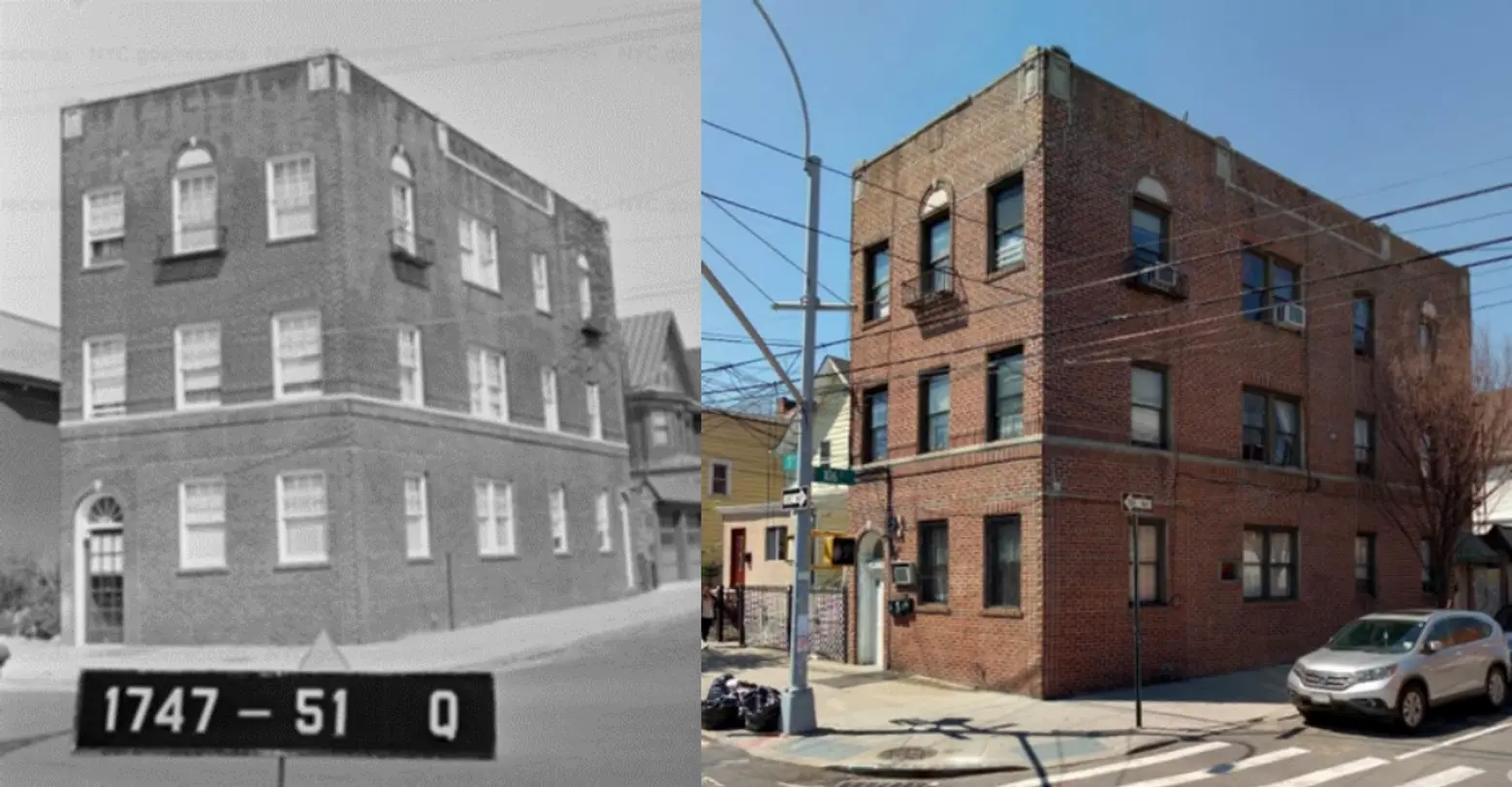
Influential jazz trumpeter John Birks aka Dizzy Gillespie lived at 105-19 37th Avenue in Corona from 1953 until 1965, the peak of his career. The three-story building is located around the block from the former home of fellow jazz pioneer Louis Armstrong, now a museum. At the time, the neighborhood was home to many African American residents, including a number of musicians.
Gillespie lived in the building with his wife Lorraine, who also acted as his manager. It was during his time living at the residence that he started playing his signature bent trumpet and performed on a selection of landmark jazz albums. Even after his move to New Jersey, Gillespie retained ownership of the building until 1985.
The house still boasts its original Colonial Revival-style features with only slight changes over the years, including the replacement of original doors and windows, according to the LPC.
An effort to landmark the property was launched in 2015 by the Corona East Elmhurst Historical Preservation Society, which created an online petition urging the LPC to designate the Dizzy Gillespie Residence, according to DNAinfo. The group criticized the city’s lack of landmarks in Queens at the time.
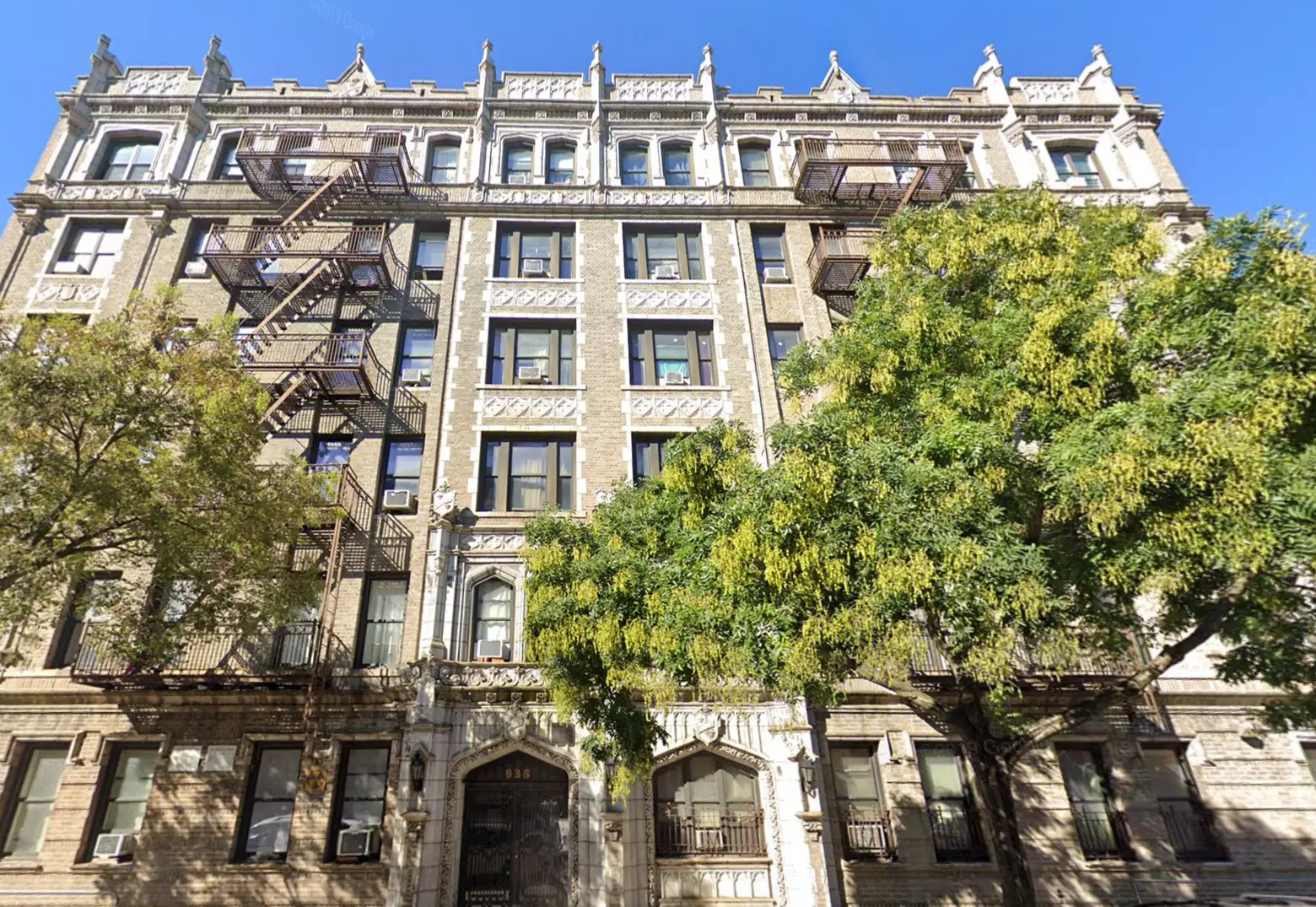
Streetview of 935 St. Nicholas Avenue © 2023 Google
The Neo-Gothic Revival-style brick limestone and terracotta apartment building at 935 St. Nicholas Avenue was designed by Gronenberg & Leuchtag in 1915. The building’s architecture is significant, as it is a prime example of early 20th-century apartment design.
The property is also culturally significant. For more than 20 years, legendary jazz musicians Edward “Duke” Ellington and Noble Lee Sissle lived here. Ellington lived in the building from 1939 to 1961, at the height of his career. Sissle resided in the building from 1950 to 1972, in the later part of his career.
When he lived in the building, Ellington wrote many songs that have
become American jazz standards, the LPC noted, like “Sophisticated Lady” and “Satin Doll.” Sissle, who was a member of the Harlem Hellfighters during World War II, became known as the unofficial “Mayor of Harlem” during his time on St. Nicholas Avenue, writing for both the “New York Age” and “New York Amsterdam News” and hosting a local radio show.
The three buildings will be reviewed in a public hearing, followed by a vote by the commission.
RELATED:
